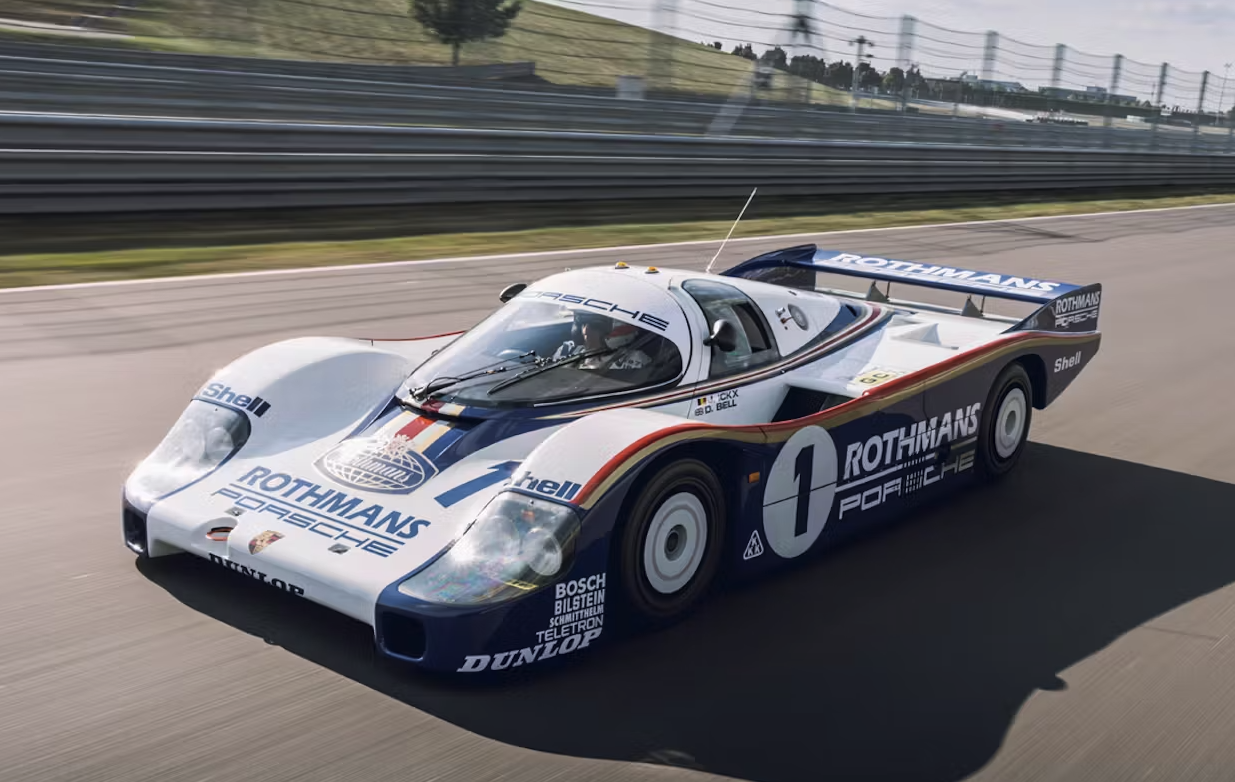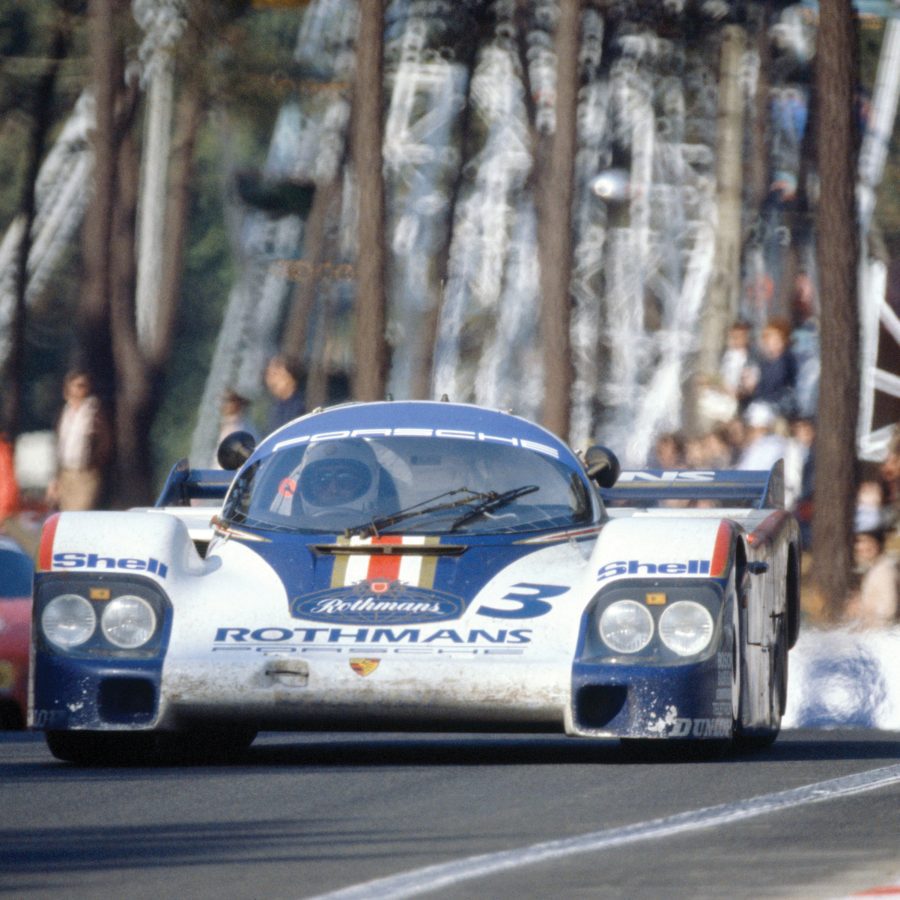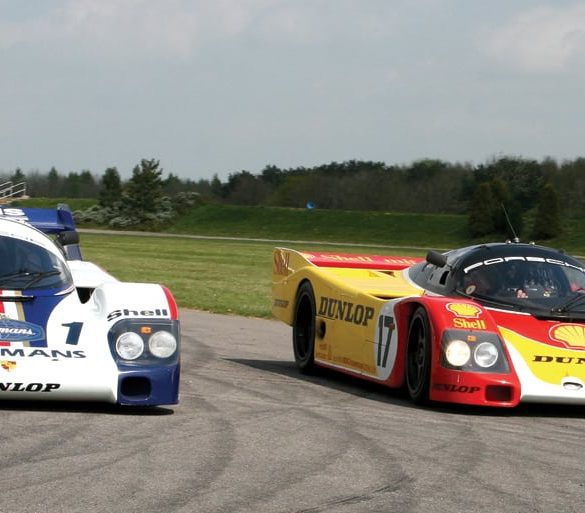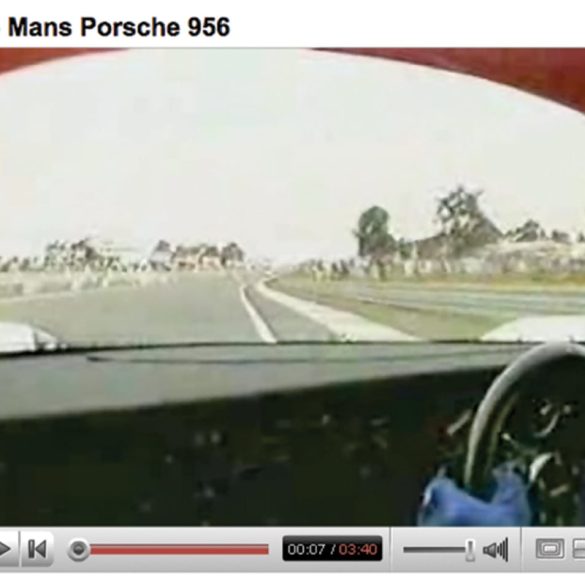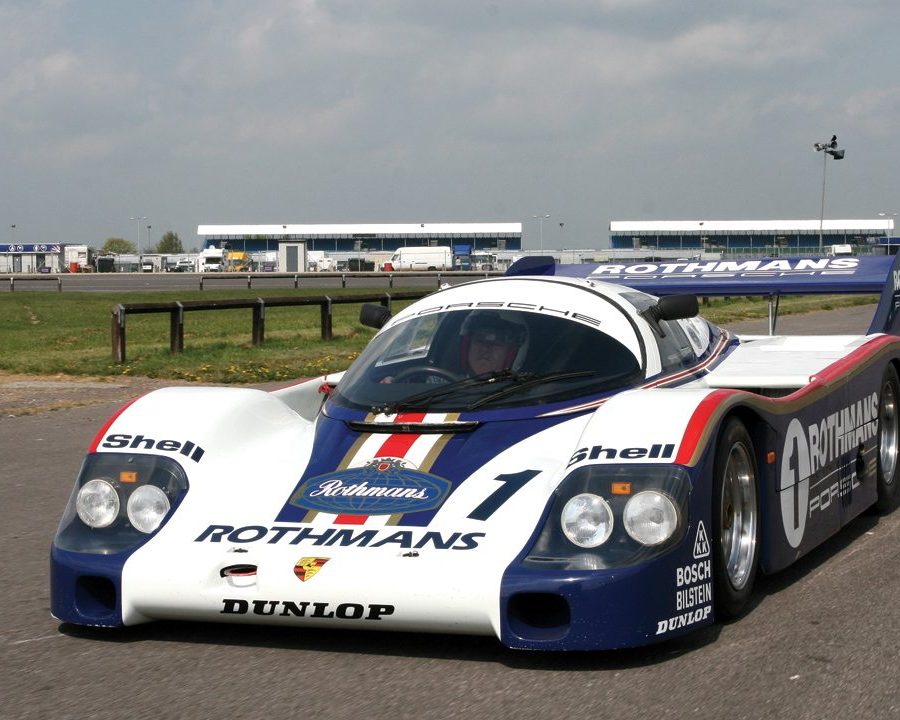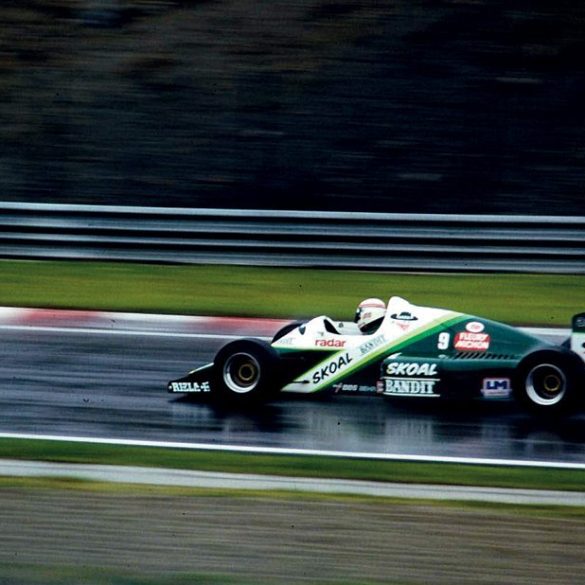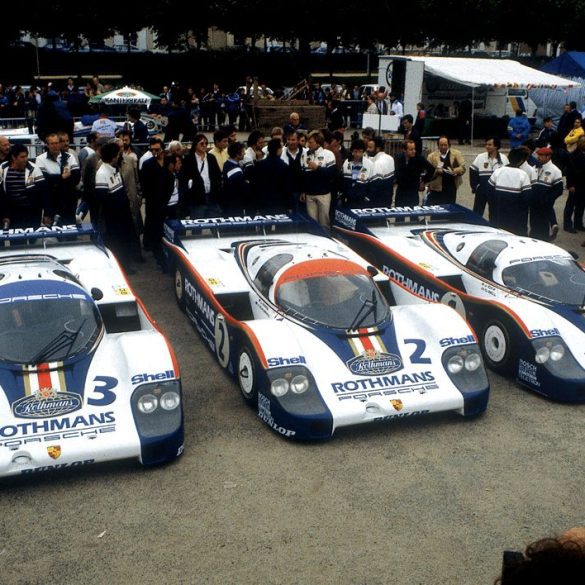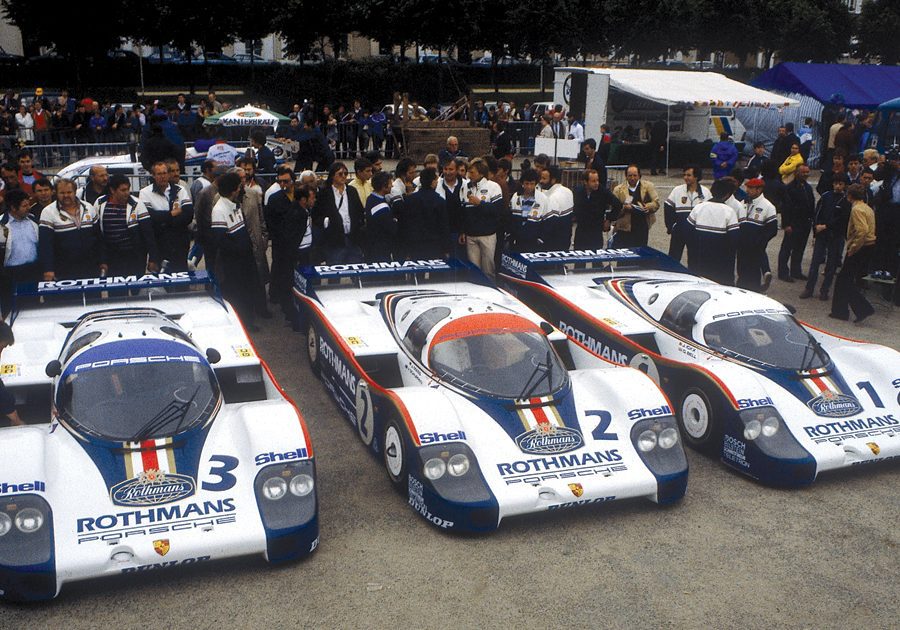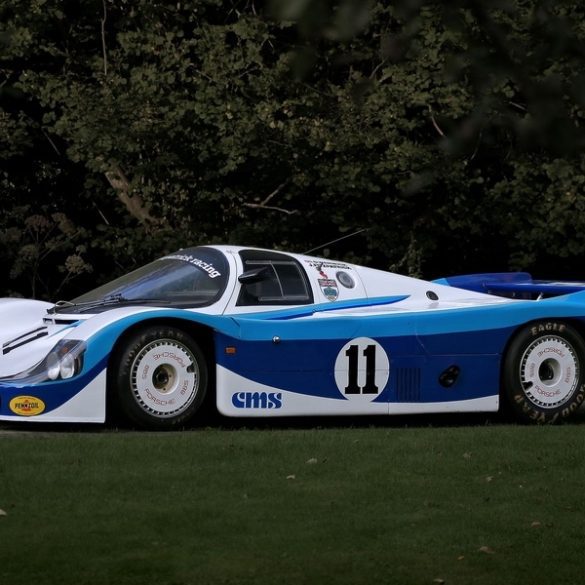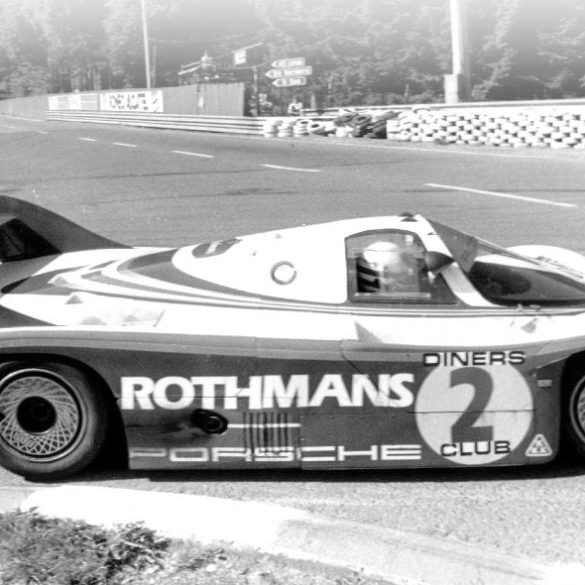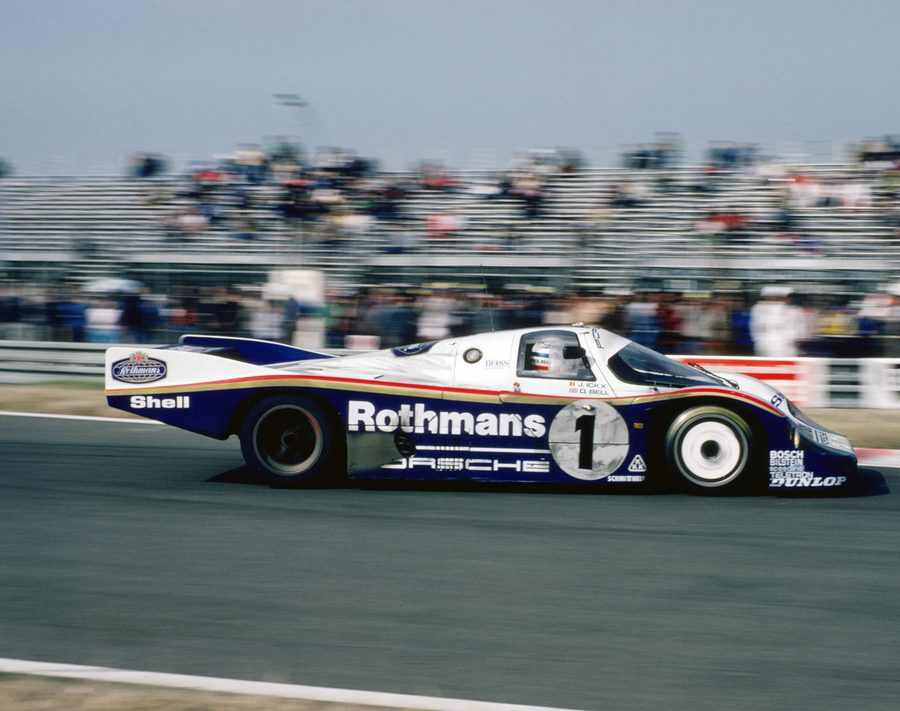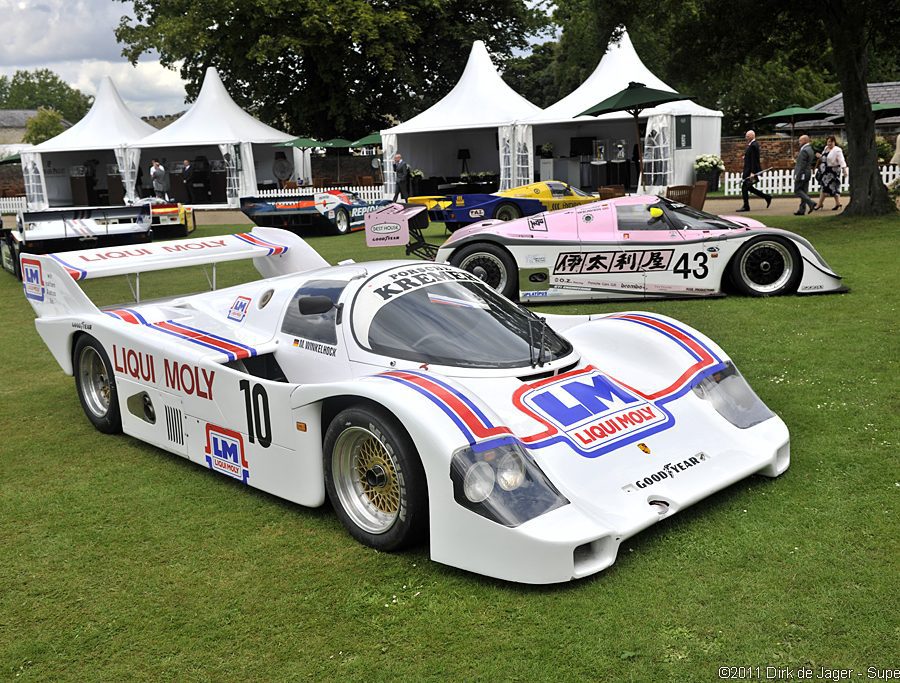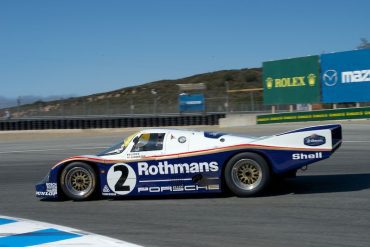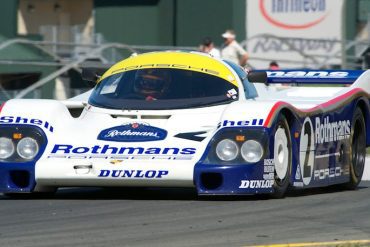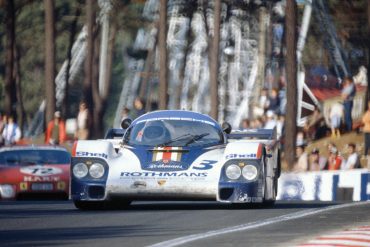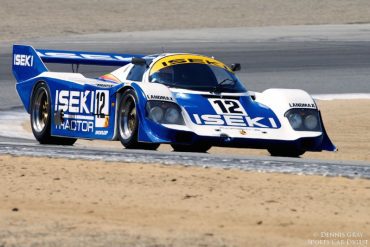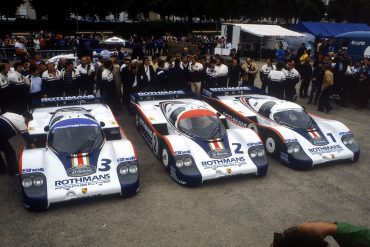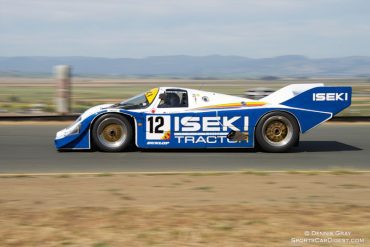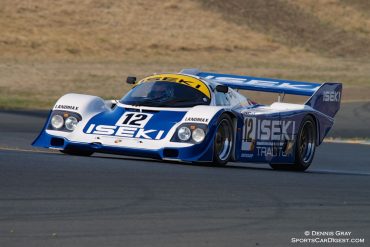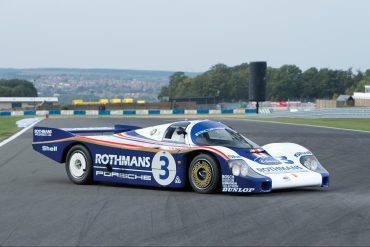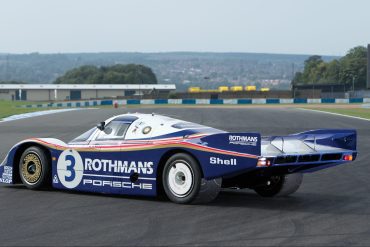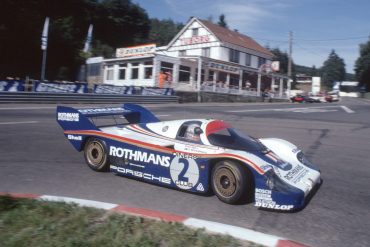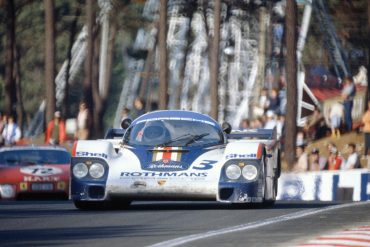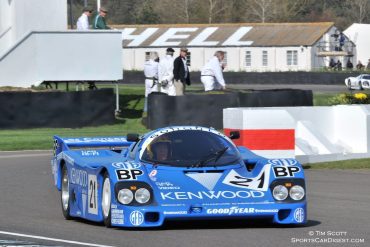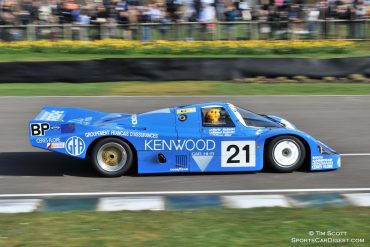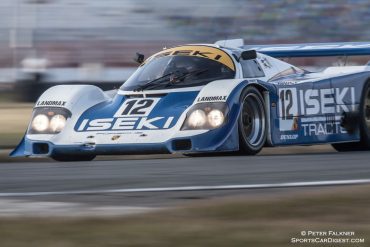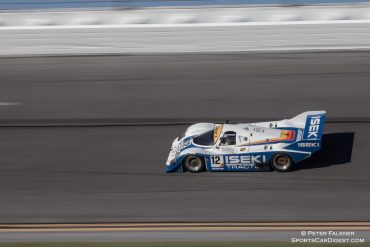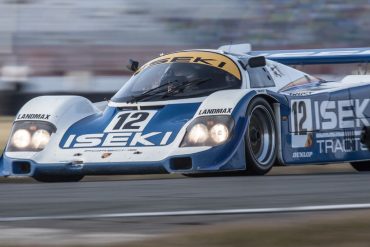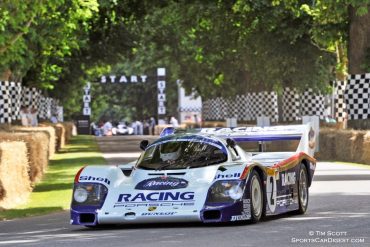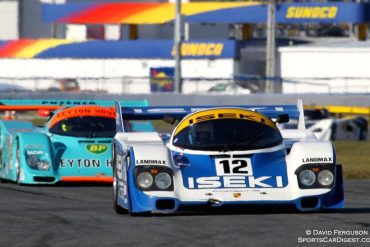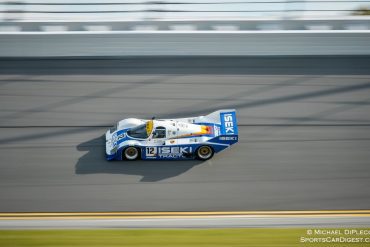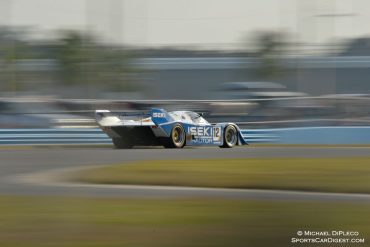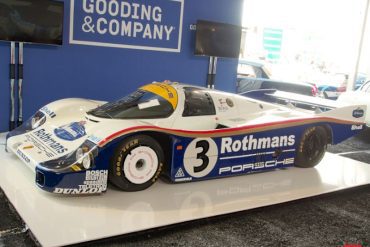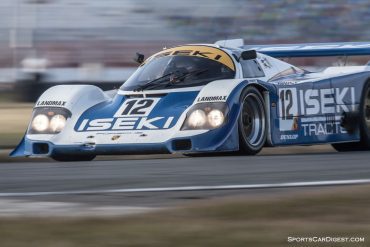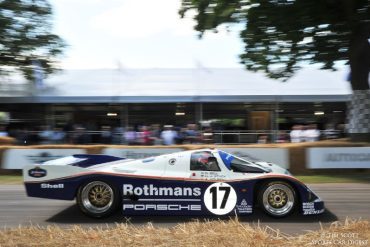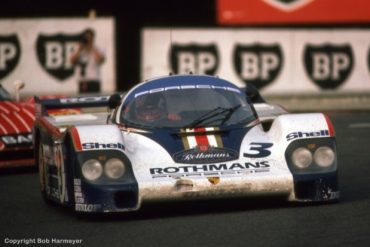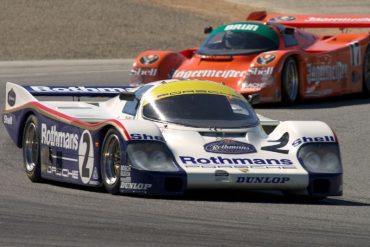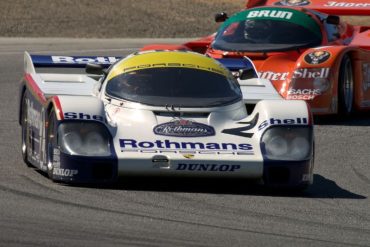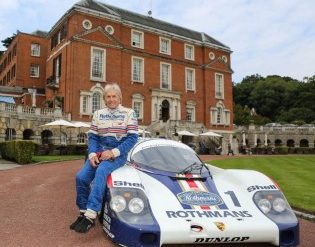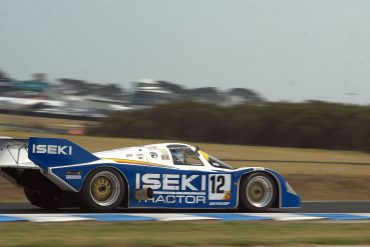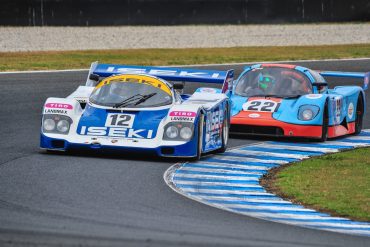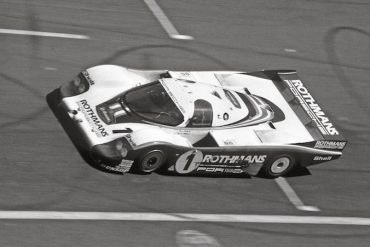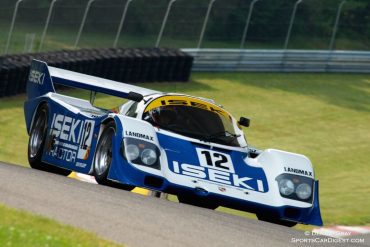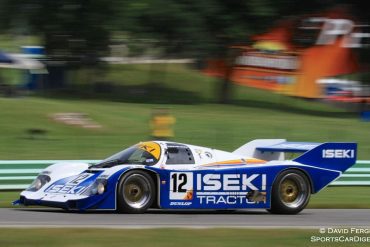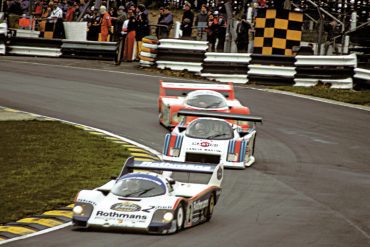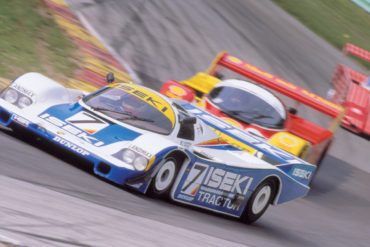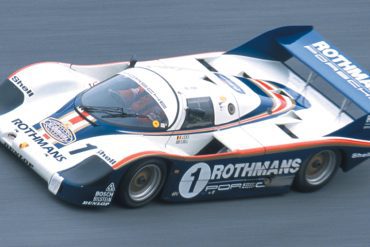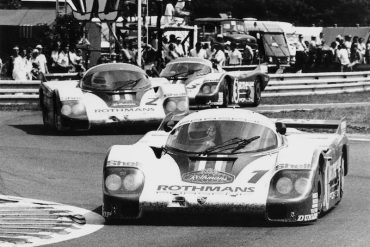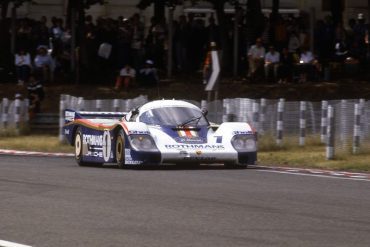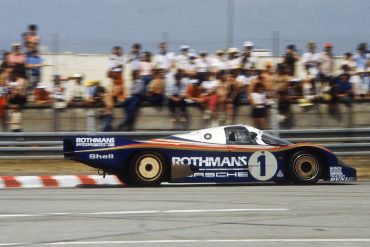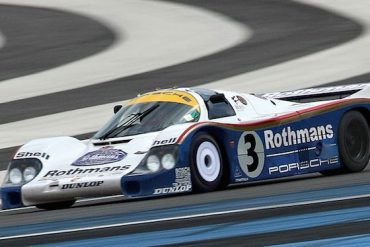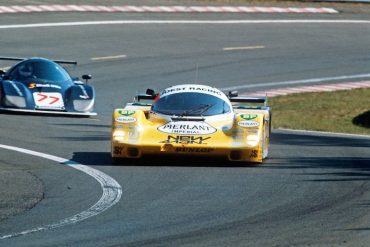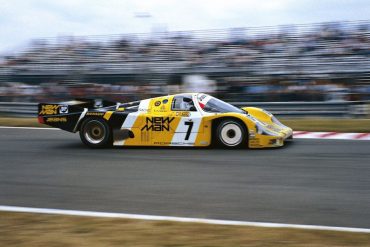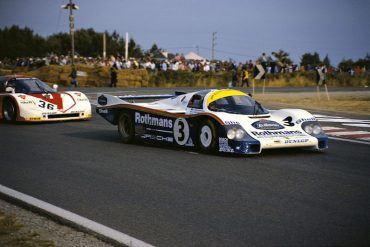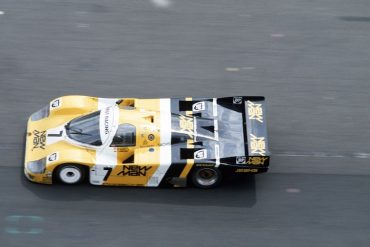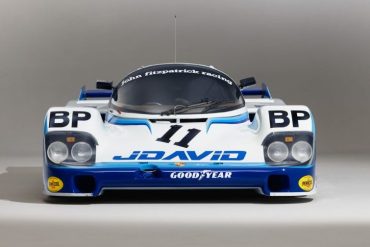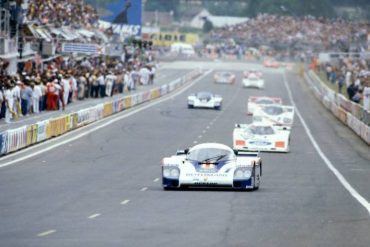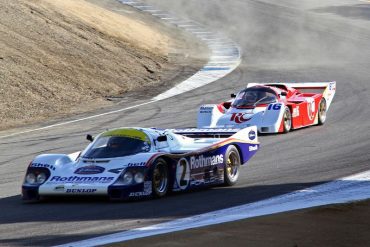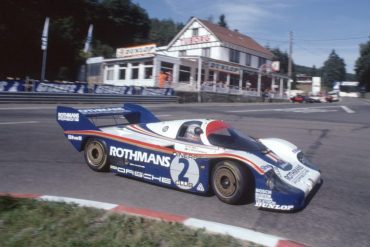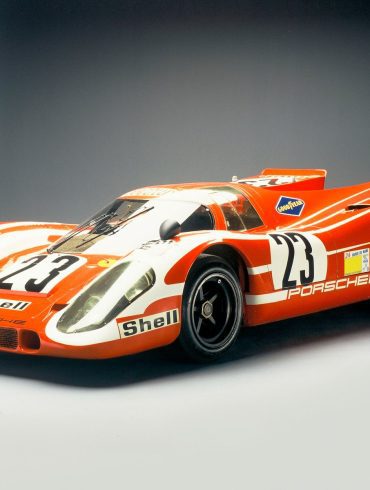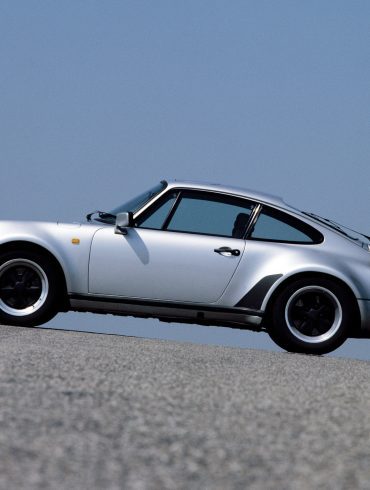Porsche 956
The Ultimate Guide
In 1982 Porsche went all-in for the 956. Built for Group C sports-prototype racing and designed by Norbert Singer, the goal was for it to start completing in 1982 for the FIA World Sportscar Championship. The 956 was the first Porsche race car to feature monocoque construction, as well as the first to feature so-called ground effects. The engine was the same as the one used in the Porsche 936, the Type-935 2.65 L twin-turbo Flat-6. It took a 1-2-3 finish at the 1982 24 Hours of Le Mans in just its second race and dominated the next few seasons, winning Le Mans again in 1983, 1984 and 1985.
The Porsche 956: The Groundbreaking Prototype That Dominated Endurance Racing
The Porsche 956 is one of the most legendary race cars in the history of motorsport. Introduced in 1982 to compete in the newly established FIA Group C category, the 956 set new standards for performance, aerodynamics, and technological innovation. Over its short but illustrious career, the 956 became synonymous with endurance racing success, particularly at the 24 Hours of Le Mans and the World Endurance Championship. Its cutting-edge design, unparalleled reliability, and dominance on the track ensured the Porsche 956 a place among the greatest race cars ever built.
Origins and Development
The Porsche 956 was created in response to the FIA’s new Group C regulations, which emphasized fuel efficiency, aerodynamics, and endurance over outright power. Porsche’s chief engineer, Norbert Singer, led the development of the 956, applying innovative concepts that would revolutionize endurance racing. The result was a sleek, low-slung prototype that combined aerodynamic efficiency, mechanical reliability, and advanced engineering.
At the heart of the 956 was a 2.65-liter twin-turbocharged flat-six engine, derived from the engine used in the Porsche 936. Producing around 620 horsepower, this engine provided the perfect balance of power and efficiency required for long-distance racing. The 956 also featured a 5-speed manual transmission, allowing drivers to maximize the car’s performance on different circuits.
One of the key innovations of the 956 was its use of ground-effect aerodynamics. The car’s chassis and bodywork were designed to generate significant downforce by channeling air through tunnels under the car, creating a vacuum effect that improved cornering grip and stability at high speeds. This design allowed the 956 to achieve incredible performance on both straights and corners, making it a formidable competitor on any track.
The 956 also introduced a monocoque chassis made from aluminum, which provided greater rigidity and safety compared to previous spaceframe designs. This combination of advanced aerodynamics, turbocharged power, and structural innovation made the 956 a technological masterpiece.
Racing Success
The Porsche 956 made an immediate impact upon its debut in the 1982 World Endurance Championship. In its first appearance at the 24 Hours of Le Mans, the 956 achieved a stunning 1-2-3 finish, with the winning car driven by Jacky Ickx and Derek Bell. This victory marked the beginning of a dominant era for Porsche in endurance racing.
The 956 continued its success throughout the 1982 season, winning races at the 1000 km of Spa, the 1000 km of Brands Hatch, and the 1000 km of Fuji. Porsche secured the World Endurance Championship title that year, establishing the 956 as the car to beat.
In 1983, the Porsche 956 continued to dominate, with another 1-2-3 finish at Le Mans. Drivers Al Holbert, Hurley Haywood, and Vern Schuppan took the top spot, reinforcing the 956’s reputation for reliability and speed. The car also set a new lap record at the Nürburgring Nordschleife, with Stefan Bellof clocking a time of 6:11.13 during qualifying for the 1000 km of Nürburgring. This record remains one of the fastest laps ever recorded on the historic circuit.
Privateer teams, such as Joest Racing and Richard Lloyd Racing, also campaigned the 956 with great success, further extending the car’s winning streak. The 956’s combination of speed, durability, and ease of maintenance made it a favorite among teams and drivers.
Innovations and Design
The Porsche 956 introduced several groundbreaking innovations that influenced race car design for years to come. Its ground-effect aerodynamics allowed for unparalleled levels of downforce, giving the car extraordinary cornering ability. The underbody tunnels and rear diffuser worked together to maximize grip without the need for large, drag-inducing wings.
The aluminum monocoque chassis provided a lightweight yet rigid structure that improved safety and handling. The 956’s use of twin-turbocharging demonstrated Porsche’s expertise in forced induction, delivering both power and fuel efficiency—a critical advantage in the fuel-restricted Group C era.
The 956 also featured advanced suspension systems and aerodynamically optimized bodywork, which contributed to its stability and performance across different types of tracks. Porsche’s meticulous attention to detail and engineering excellence ensured that the 956 remained competitive throughout its racing career.
Legacy of the Porsche 956
The Porsche 956’s legacy is defined by its dominance, innovation, and enduring impact on motorsport. Between 1982 and 1985, the 956 and its successor, the Porsche 962, won four consecutive 24 Hours of Le Mans titles and numerous World Endurance Championship races. The 956 set new standards for endurance racing, demonstrating the importance of aerodynamics, fuel efficiency, and reliability.
The car’s influence extended beyond Porsche, inspiring other manufacturers to adopt ground-effect aerodynamics and turbocharged engines. The 956’s success also solidified Porsche’s reputation as a leader in prototype racing, a legacy that continues to this day.
Today, the Porsche 956 is celebrated as one of the greatest race cars of all time. Its achievements, technological innovations, and iconic design have ensured its place in the annals of motorsport history. The 956 remains a symbol of Porsche’s relentless pursuit of excellence and a testament to the engineering brilliance that continues to define the brand.
Porsche 956 Basics
Manufacturer: Porsche
Production Years: 1982 - 1986
Designer: Norbet Singer
Chassis: Aluminum monocoque
Layout: Rear mid-engine, rear-wheel-drive layout
Engines: 2.65 L Porsche Type-935 Twin-Turbo Flat-6
Transmission: 5-speed manual or dual clutch semi-automatic
Premiere: 1982 May 15 at Silverstone
Achievements: Le Mans winner 1982 - 1983 - 1984 - 1985
Predecessor: Porsche 936
Successor: Porsche 962
More Info
It was so easy to drive, it was almost ridiculous
Derek Bell, five-time Le Mans winner, speaking about the 956.
Our Favorite Porsche 956 Images
To correspond with Group C racing first introduced by the FIA, Porsche launched the 956 as its top race car. In 1983 FIA had announced a new rule for the coming 1984 season – maximum allowed average fuel consumption of 51 L/100 km instead of earlier 60 L/100 km. As a result Porsche upgraded the 956, creating the 956 B with Bosch electronic fuel injection.
Stuttcars.com


